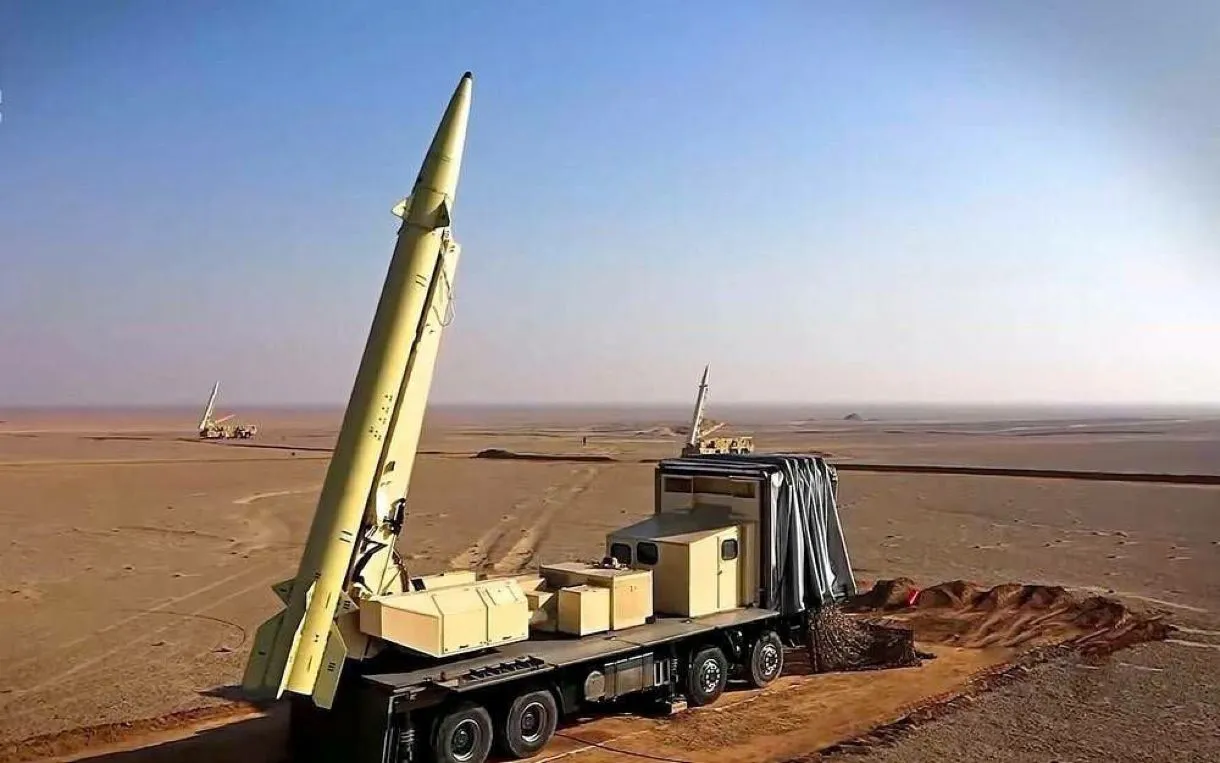Iran Sends More Than Hundred Ballistic Missiles to Russia – Reuters
21 February, 2024 Launcher for Iranian Zolfaghar ballistic missiles. Photo from the open sources Iran has sent more than a hundred Zolfaghar short-range ballistic missiles to Russia, which are developed on the basis of Fateh-110.
This information was reported by Reuters news agency. According to the agency, Iran will send about 400 short-range ballistic missiles to Russia, including the Zolfaghar. This missile was developed in 2017 on the basis of a Fateh-110 ballistic missile developed in 2002.
This information was confirmed to Reuters by three Iranian sources close to the Ministry of Defence and Armed Forces Logistics of Iran.
 Characteristics of the Zolfaghar short-range ballistic missile. Photo credits: ISWNEWS
Characteristics of the Zolfaghar short-range ballistic missile. Photo credits: ISWNEWS
A Zolfaghar ballistic missile is a short-range missile that is mounted on a mobile launcher with two or one launchers. It is capable of covering a distance of up to 700 km, and its warhead is 579 kg.
The guidance of the missile consists of an inertial system, and for accurate targeting, it additionally has an optronic seeker, which is used on the terminal flight path, as well as GPS. The news agency reports that the supply of Iranian missiles to the Russian Federation began in early January 2024 after the agreement between Moscow and Tehran, which was discussed between the two countries in 2023. As noted by senior officials in the Iranian Ministry of Defense, missiles are supplied by the Caspian Sea as well as aircraft.
 Launcher for Iranian Zolfaghar ballistic missiles.
Launcher for Iranian Zolfaghar ballistic missiles.
Photo from the open sources
Furthermore, one official highlighted that Iran has already transferred four batches of Zolfaghar missiles to the Russian Federation, with the number expected to increase further in the coming weeks. As Militarnyi reported, the Russians began to use North Korean ballistic missiles for attacks on the Donetsk region. Russian troops launched a combined attack on the city of Selydove.
The invaders hit civil infrastructure with eight missiles, four of which are North Korean-made.
The Donetsk regional prosecutor's office says that the remnants are externally similar to Hwasong-11Ga (KN-23) ballistic missiles.